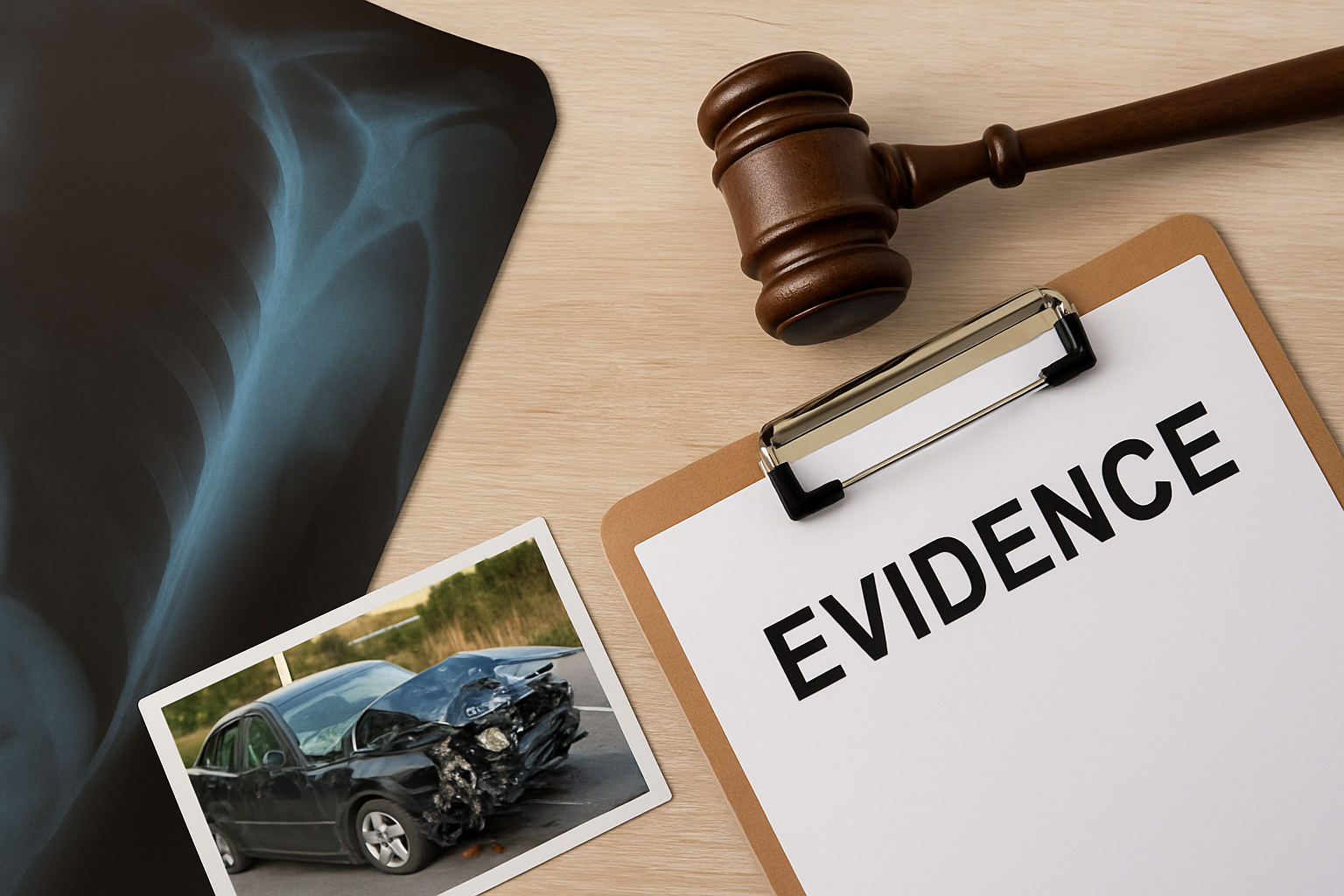Experiencing emotional distress after an accident, injury, or traumatic event can be just as debilitating as physical harm. Many people wonder if they can file a legal claim for emotional suffering, and the answer often depends on the circumstances and evidence available. Understanding your rights can help you take the right steps toward recovery and justice.
What is emotional distress in legal terms?
Emotional distress is the psychological harm or suffering a person suffers as a result of another party’s wrongful act. This harm may include severe anxiety, depression, panic disorders, insomnia, or PTSD. The law treats emotional distress as a real injury when properly proven.
Emotional distress is distinguished from everyday grief or stress; courts require that the distress be significant and connected to the defendant’s conduct. Mere disappointment or mild emotional upset usually does not qualify as recoverable harm. The distress must exceed ordinary emotional responses.
Proving emotional distress demands bridging the gap between a subjective experience and legal rights. Courts will analyze causation, foreseeability, consistency with other evidence, and any simultaneous physical symptoms.
When can you file a claim for emotional distress?
In many personal injury cases, an emotional distress claim is filed alongside a physical injury claim. For example, victims of motor vehicle collisions, slip-and-fall incidents, or medical malpractice may suffer emotional trauma beyond their bodily injuries. Including emotional distress may increase your total recovery.
There are circumstances in which emotional distress claims are allowed even without physical injury. Such “stand-alone” claims typically require especially strong proof of emotional harm, sometimes requiring evidence of physical symptoms (e.g. panic attacks, insomnia). These are more challenging to pursue.
Some jurisdictions restrict when purely emotional distress claims may be filed. For instance, the law may require “physical impact” or bodily injury, a “zone of danger,” or a recognized physical manifestation of psychological harm. Understanding local rules is essential.
Types of emotional distress claims
Before moving forward, it helps to understand the two primary legal categories of emotional distress:
- Negligent infliction of emotional distress (NIED): Occurs when a party’s failure to act with care causes someone to suffer emotional harm. The negligence can be direct or arise from causing an endangerment to someone’s safety.
- Intentional infliction of emotional distress (IIED): Involves deliberate or reckless acts so outrageous that they provoke severe psychological suffering. The defendant’s conduct must exceed all bounds of decency.
- Alternative or hybrid claims: In rare situations, a plaintiff may allege both negligence and intentional conduct, or combine emotional distress claims with related causes like assault, battery, or defamation.
Here is a side-by-side comparison to help you understand key differences:
| Feature | NIED (negligent infliction) | IIED (intentional infliction) |
|---|---|---|
| Fault standard | Negligence (carelessness) | Intentional or reckless conduct |
| Proof needed | Duty, breach, causation, emotional harm | Extreme or outrageous conduct, intent, causation |
| Damages | Emotional distress (sometimes limited) | Emotional distress, possibly punitive damages |
| Usefulness | Common in accidents or negligent cases | Useful when conduct is truly egregious |
These distinctions matter because the burden of proof and permissible recoveries differ. NIED often requires proving negligence and causation, while IIED demands showing the defendant’s intentional or reckless behavior and the emotional harm as its result.
What evidence is needed to prove emotional distress?
To succeed on a claim for emotional distress you must assemble convincing evidence. This is especially true because such claims are scrutinized more heavily by courts.
Your evidence might include:
- Medical and psychiatric records
- Mental health provider diagnoses and therapy notes
- Prescriptions or treatment for anxiety, depression, or PTSD
- Statements from family, friends, coworkers about changes in your behavior
- Journals or diaries documenting emotional episodes
- Witness testimony of emotional breakdowns or behavioral changes
- Correlation with physical symptoms: headaches, sleep disturbance, etc.
Courts often look for corroborative evidence rather than relying solely on your self-report. A professional diagnosis tends to carry strong weight. Witness statements and consistent documentation help establish a pattern.
If your distress leads to quantifiable losses (e.g. you lost wages, had additional medical costs, or your quality of life worsened), those can strengthen your total damages claim. You’ll need to draw a clear connection between the defendant’s actions and those losses.
How much compensation can you receive for emotional distress?
The potential compensation varies widely depending on the jurisdiction, severity of the psychological harm, and supporting documentation. It’s categorized under non-economic damages—losses not tied to tangible costs—but courts may also take secondary factors into account.
Common factors considered include:
- Duration of the emotional distress (short term vs. long term)
- Intensity and severity of symptoms
- Evidence of medical treatment required
- Effect on daily life, relationships, work performance
- Loss of enjoyment of life or other nonfinancial impacts
Some states or courts impose caps on non-economic damages in personal injury cases. For instance, there might be statutory ceilings on how much emotional distress can be recovered. In other jurisdictions, no explicit caps exist, but judges and juries temper awards based on precedent and reasonableness.
A rough guide: mild to moderate distress might yield compensation in the low thousands, while severe prolonged distress backed by strong medical evidence could reach five or six figures (or higher) in favorable jurisdictions.
Strategic considerations before filing
Before you file a claim, you should weigh several strategic factors:
- Statute of limitations: Most states require filing within one to three years of the incident or discovery of harm.
- Severity threshold: Weak or borderline distress claims may not survive early motion hearings or summary judgment.
- Cost-benefit: Litigation is expensive. If your expected recovery is low, you may choose settlement or alternative dispute resolution.
- Expert testimony: Many claims require you to present mental health experts to establish causation and severity.
- Insurance policy limits: The defendant’s insurers may cap liability, limiting your realistic compensation.
A preliminary evaluation with an experienced attorney helps you understand whether your distress claim is viable and cost-effective to pursue.
Final thoughts: Your path to healing and justice
Filing a claim for emotional distress can feel like facing an invisible wound. But the law recognizes that psychological harm is real and deserves consideration. With experienced counsel, strong documentation, and strategic preparation, you can hold the responsible party accountable.
Knapp Moss understands the complexity of emotional damage and is ready to stand by you, guiding your claim and helping maximize your recovery. Let us fight for you while you focus on healing.
Contact Knapp Moss today for a free consultation.
Frequently Asked Questions
Documentation like therapy notes, psychiatric evaluations, and witness testimony can help prove your claim.
You may recover non-economic damages such as compensation for mental suffering, anxiety, or loss of enjoyment of life.
Yes, it depends on your state’s statute of limitations, usually between one to three years.




